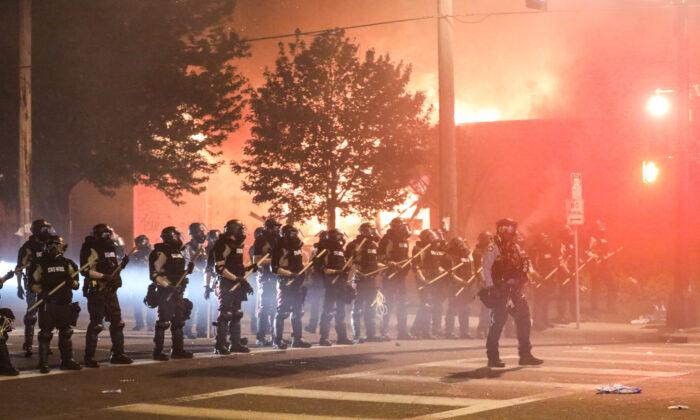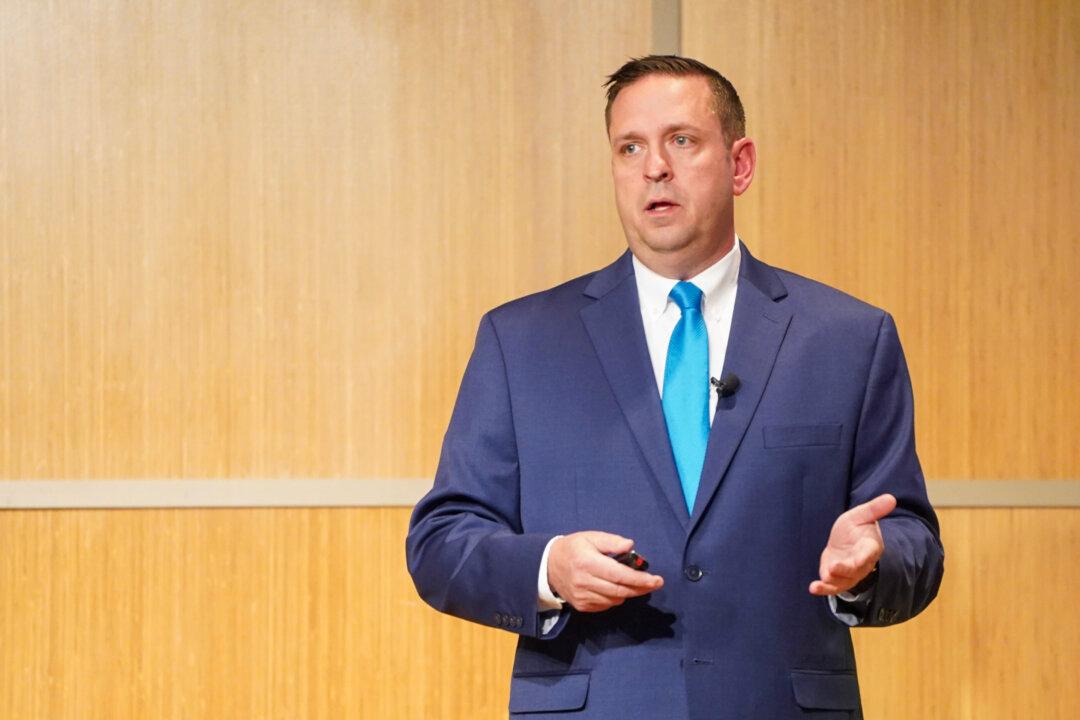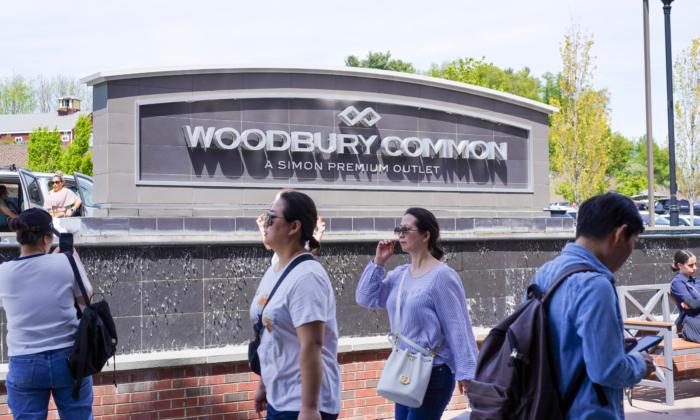The Epoch Times reviewed data for police stops—a classic proactive policing tactic—and violent crime for five cities, showing that, in many instances, when police stops dropped, violent crime rose and vice versa.
In Minneapolis, data show that the number of officer-initiated stops dropped by 80 percent in June 2020, right after the George Floyd protests started. During that time, violent crime rose to a historic high.
The same pattern was observed in four other cities that were examined: Seattle, Chicago, Los Angeles, and Philadelphia.
Although violent crime typically rises in the summer, the drastic surge in 2020 was out of the ordinary for many locations.
In Minneapolis between 2017 and 2019, the high points during the summer barely reached 400. Yet, in the summer of 2020, the high point jumped to almost 600.
The Epoch Times follows the FBI definition of violent crime, which includes four major categories: murder, rape, robbery, and aggravated assault.
‘The Minneapolis Effect’
University of Utah professor Paul Cassell examined those reasons and found de-policing to be the most plausible explanation, particularly for the homicide surge.Timewise, March 2020 was the month when pandemic restrictions started, firearm purchases peaked, and unemployment surged, Cassell said. Yet violent crime only started to jump significantly in June 2020, the very month that proactive policing dropped across cities, according to the data.
The academy convened a panel of leading scholars to review decades of research on proactive policing and issued the report in 2017.
For example, during police stops, officers might search a suspicious person (or the car) and find an illegal gun, thus preventing a gun-related crime. Or the stop might lead to the discovery of a warrant, and the suspect is arrested on the spot.
Cassell called the phenomenon the “Minneapolis Effect,” where the death of George Floyd in Minneapolis triggered nationwide protests against police, which led to a great decline of proactive policing and a historic surge in homicide and shootings in 2020.
The Year 2021
In Seattle, the number of stops largely went further down from the 2020 level, while violent crime rose above the 2020 level.The number of stops dropped the most in July 2021, the month that several police reform measures–including new limitations on the use of force–went into effect in the state of Washington.
Since then, the number of stops was at a new historic low—lower than that of 2020, while violent crime climbed above the 2020 level.
In Los Angeles, a similar pattern was noted.
The number of police stops trended downward in the latter half of 2021 to a level lower than 2020, while violent crime trended upward to a level higher than 2020.
In Minneapolis, violent crime normally goes up in March and down in October, based on data between 2017 and 2019. But in 2021, it went slightly down in March and went up in October—two abnormalities likely caused by a change in proactive policing. Data show that the number of stops increased in March 2021 and declined in October 2021.
In August 2021, then-Minneapolis Police Chief Medaria Arradondo halted traffic stops for minor violations, which likely drove down the number of stops recorded in September 2021 and October 2021.
Since the Floyd protests, many police departments have tightened their policies, and at least 26 states approved police reform legislation to put more restrictions on policing.
In Philadelphia, a review of 2020 and 2021 data also suggests that there’s likely a strong association between police stops and violent crime.
Why Police Pulled Back
When the Floyd protests broke out, officer numbers were stretched thin to maintain order, and they had less time for discretionary activity, such as stops, according to Cassell.Then as the protests abated, stops remained low. In some cities, they dropped even further, data show.
That’s most likely because officers pulled back under public criticisms, according to Michigan State University associate professor Scott Wolfe.
“Police officers serve the public, and they are sensitive to public calls for change,” Wolfe said. “When we saw the biggest protests in the aftermath of Floyd’s murder, police were looking at it [like this], ‘Well, if the public doesn’t want us to police, we won’t.’”
The Epoch Times reviewed 911 call data for Minneapolis and Los Angeles and found that the number of 911 calls police responded to have remained rather steady since Floyd’s death.
This suggests that what police really pulled back from was proactive policing, the kind of discretionary activity that hinges on self-initiation.
Shrinking police forces and mounting restrictions on policing–both from the departments themselves and from the state legislatures–likely also played a role.












